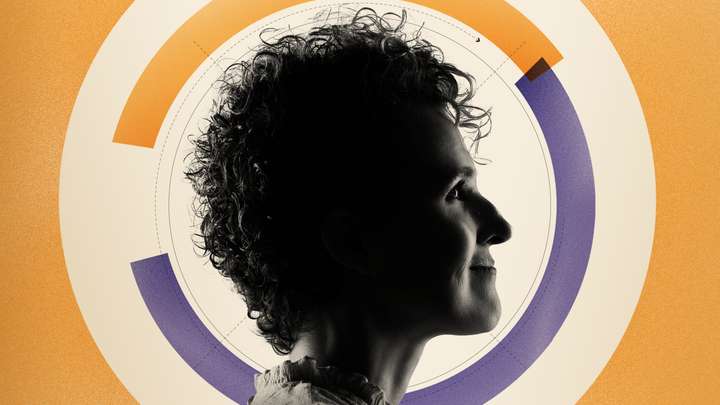
Black Lives Matter, Roadside Attractions, Digital Textbooks
Top of Mind with Julie Rose - Season 1, Episode 1152
- Sep 5, 2019 6:00 am
- 100:33
The Reality of Racism in America Guest: Tehama Lopez Bunyasi, PhD, Assistant Professor of Conflict Analysis and Resolution, George Mason University; Candis Watts Smith, PhD, Associate Professor of Political Science and African American Studies, Pennsylvania State University; Co-Authors of “Stay Woke: A People's Guide to Making All Black Lives Matter" This year marks the 400thanniversary of the beginning of American slavery. It’s been more than 150 years since the Emancipation Proclamation ended slavery. And yet, according to the Pew Research Center, most adults in the US say the legacy of slavery continues to have an impact on the position of black people in American society. So, why is it so controversial when the New York Times decides to dedicate an entire issue of its magazine to slavery’s legacy? Or when people protest police violence under the banner “Black Lives Matter”? Why World’s Largest Things Dot American Roadsides Guest: Erika Nelson, One of America’s Foremost Experts and Speakers On the World’s Largest Things If you’re driving past Winlock, Washington, you might catch a glimpse of the world’s largest egg. Or if you’re on your way through Woodruff, Wisconsin, you can stop to get a picture in front of the world’s largest penny. Large versions of normal things having been popping up all across the United States for decades, bringing curious road-trippers and inspiring other large things in other, usually smaller, cities. Digital Textbooks Are the Future for College Students Guest: Anastacia Morrone, Professor of Educational Psychology, Associate Vice President for Learning Technologies, Dean of Information Technology at Indiana University The pockets of college students –and their parents –are a little light right now thanks to tuition, fees and textbooks. Students spend more than $1,000 a year on books and supplies alone. Will it be cheaper when everything has transitioned to digital? We’re about to find out. This summer Pearson, one of the biggest textbook companies in the world announced it